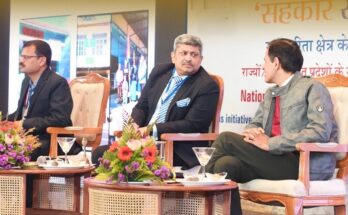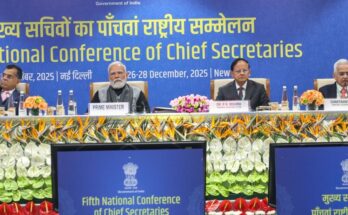Udaipur, Sep 2 (UNI) The maximum percentage of MGNREGA workers are coming to the age group 31 to 40 years and the second highest percentage of MGNREGA employed persons are coming under the age group 41 to 50 years. The report has published by MGNREGA website.
According to report 2019-20, 7.84 per cent employed persons are coming under the age group 18 to 30 years. 32.06 percentage employed persons are under the age group 31 to 40 years, 28.47 per cent employed persons are coming under age group 41 t0 50 years, 19.51 per cent MGNREGA employed are coming under age group 51 to 60 years, 11.72 per cent employed persons are coming under the age group 61 to 80 years and minimum numbers of percentage 0.76 per cent employed are coming in to the greater than 80 years old.
The above report reveals that the people who are basically young, they are doing MGNREGA work. The MGNREGA wage is very minimum at amount of Rs 192 per day. The people of Tripura are not getting any option to get job.
The Economic Review of Tripura 2017-18 published by Directorate of Economics & Statistics Planning (Statistics) Department Government of Tripura, Agartala has informed that the inadequate economic development of Tripura has a natural fall-out in terms of its capacity to generate employment opportunities. The organised private sector employment is practically missing in the state Tripura.
“The result of low level of development due to various factors are due to low income level of the people and high level of unemployment in the State.The State has not been able to exploit natural resources due to geographical isolation and communication bottlenecks”, reveals the economic review of Tripura.
The un-employment situation in the State has assumed alarming position. Total job seekers in the employment exchanges of the State were 6,62,756 in March-2015, which further increased to 6,93,516 in March-2016, to 7,16,550 in March-2017 and to 7,41,305 in March-2018. Increase in population and consequent addition to the labour force, the supply side of labour force continues to outstrips the demand resulting in rise of un-employment and under employment at an alarming rate in the State.




